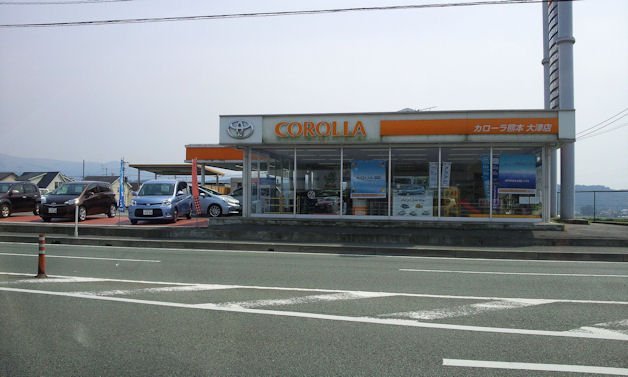Kyushu on the Road to Becoming Japan's Motor City

One strategy gaining momentum is to do some island hopping, specifically, moving plants and manufacturing to Kyushu, the southernmost main island in the Japanese archipelago. Car production there as a percentage of total Japanese production has doubled from 2001 to 2011, but more startling are the recent increases: Nissan just moved its Note and Caravan production there, Toyota is boosting production there by 600 percent, and total units made in Kyushu climbed 21 percent from 2010 to 2011.
The three big factors involved are lower personnel costs, lower auto parts costs and increased productivity because of newer, more efficient factories. Companies can save ten percent on personnel in Kyushu versus traditional manufacturing centers like Aichi and Kanagawa, which are on the main island of Honshu and near major cities like Nagoya and Tokyo. Kyushu is also much closer to the South Korean peninsula, and the weakness of the South Korean won means importing lower-priced Korean auto parts is an even more attractive option.
Japanese newspaper The Asahi Shimbun says it could soon be the Detroit of Japan. The prediction could be sped up if intergovernment talks can rework laws on transportation: it's illegal for trucks with South Korean plates to drive on Japanese roads, so trucks hauling parts get shipped to Kyushu ports and their cargo is transferred to Japanese trucks. Japanese and South Korean officials are working to determine how to allow trucks from across the strait to travel unhindered from Korean auto parts factories to Japanese car factories.
Nouvelles connexes


